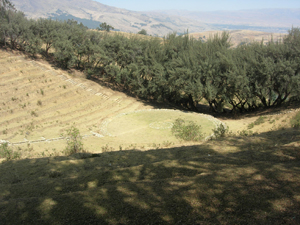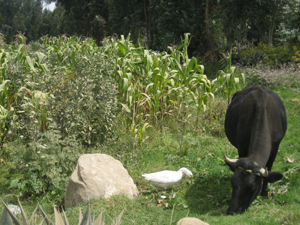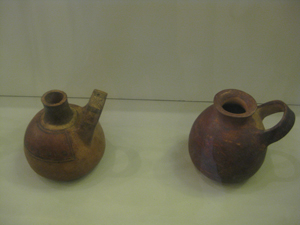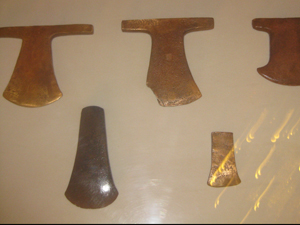I can’t even imagine what it must have been like for Hiram Bingham when he came upon the forgotten Inca site of Machu Picchu in the Peruvian Andes in 1911 and presented it to the world. There must be better words to describe feelings like excitement and glee, but tenfold!
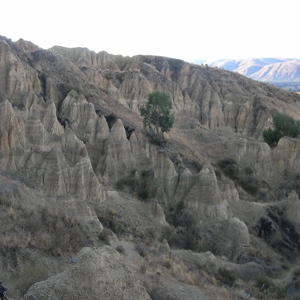
There have been various attempts to locate Paititi over the last century with one of the most recent ventures in 2008 led by the American explorer Gregory Deyermenjian who has conducted more than 10 past expeditions in search of the lost city. That same year, Peruvians discovered what they thought to be a stone fortress that could be Paititi near Cuzco, which they later dubbed Manco Pata. Unfortunately, upon closer examination, they found the ruins to be naturally formed rather than human made.
The first time I truly felt and listened to the explorer in me was during my early years in university. I had a particularly adventure-minded friend and together we raced through the forest of the local golf course in the middle of the night, getting pricked by pine needles and soaked in swamps, and inspected parts of the university beach that seemed abandoned. I left that side of me behind as I began to focus on my studies and didn’t rediscover it again until I arrived here in the Andes and trekked through its mountains.
How has the explorer in you shined through in the past or how does it currently shine through?



